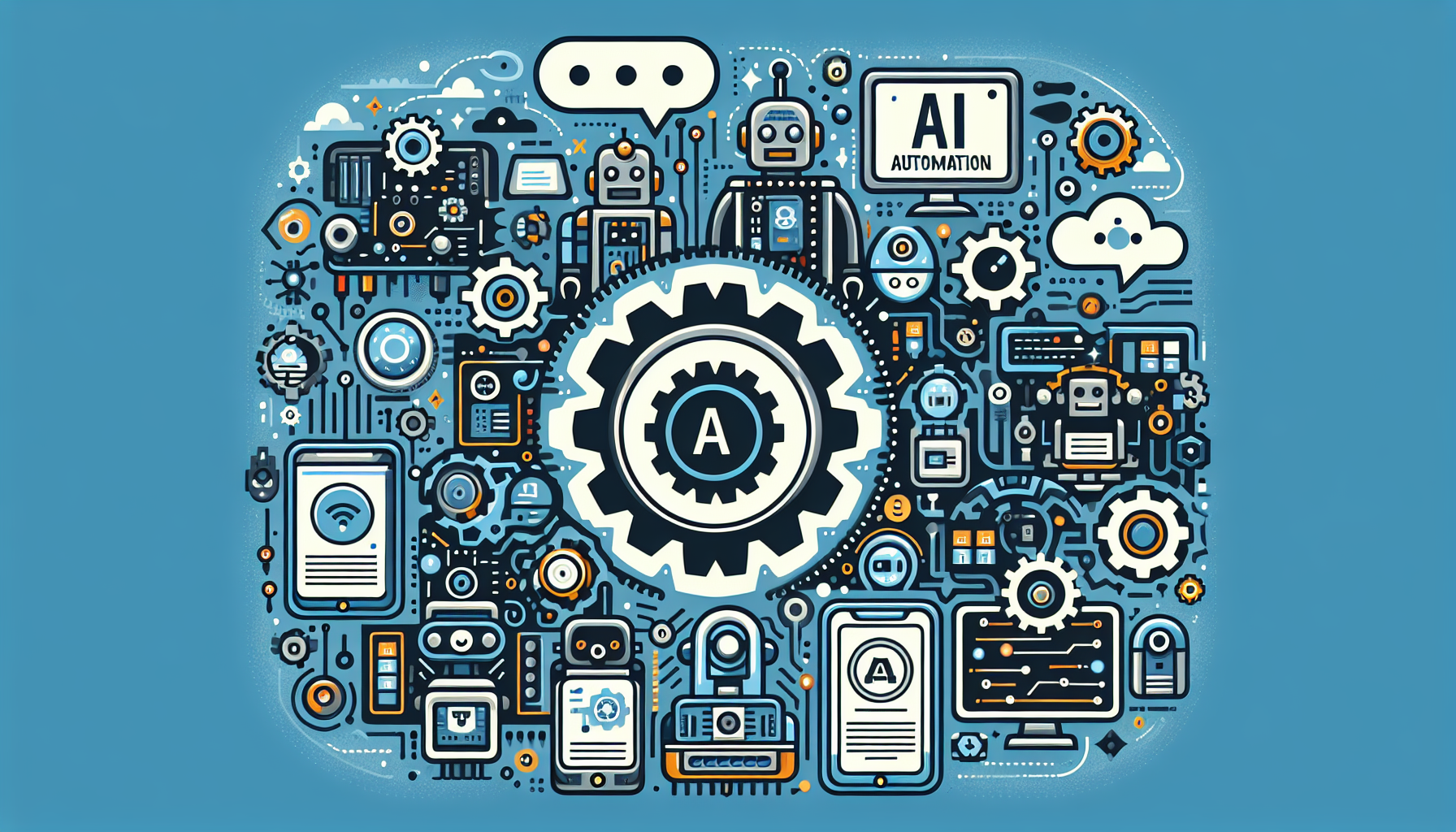What Is All-in-One Automation?
All-in-One Automation refers to an integrated approach to streamline various processes within a business or personal workflow using a single platform or tool. This methodology combines various functionalities such as task management, customer support, marketing, and communication into one cohesive system. By leveraging advanced technologies like artificial intelligence, particularly ChatGPT, organizations can enhance productivity, improve decision-making, and elevate user engagement.
The Role of ChatGPT in All-in-One Automation
ChatGPT, developed by OpenAI, is a powerful AI language model that excels in generating human-like text based on input it receives. In the realm of All-in-One Automation, ChatGPT can play several pivotal roles:
-
Customer Service Automation: ChatGPT can be deployed as a virtual assistant, providing 24/7 customer support. It handles frequently asked questions, resolves basic issues, and directs customers to appropriate resources, reducing the workload on human agents.
-
Content Creation: Businesses require a steady stream of content for marketing, blogs, and social media. ChatGPT can autonomously generate articles, social posts, product descriptions, and promotional material that resonates with target audiences.
-
Data Analysis and Reporting: ChatGPT can process large datasets, extract insights, and create custom reports. This enables companies to make data-driven decisions without the intensive human labor typically associated with data analysis.
-
Email Management: ChatGPT can automate responses to customer emails, prioritize queries based on urgency, and summarize email threads, allowing teams to focus on critical issues without getting overwhelmed by routine communications.
-
Personalized User Experience: By utilizing ChatGPT in user interactions, businesses can deliver personalized recommendations and content based on user behavior and preferences, enhancing overall engagement.
ChatGPT Features Enhancing Automation
-
Natural Language Processing (NLP): ChatGPT’s NLP capabilities allow it to understand and interpret user queries effectively. This is crucial for tasks such as customer service, where clarity and understanding are paramount.
-
Machine Learning Adaptability: As ChatGPT interacts with users, it learns from these engagements, improving its responses over time. This adaptability ensures that the AI becomes more efficient and relevant in its assistance.
-
Integrations with Existing Tools: ChatGPT can be integrated into popular business platforms like Slack, Microsoft Teams, and CRM systems. This interoperability allows companies to embed AI directly into their workflows, optimizing operations.
-
Content Generation Versatility: ChatGPT can generate various forms of content, from casual social media posts to formal reports. Its versatility caters to different writing styles and tones, making it suitable for various applications.
-
Real-Time Interactions: The ability of ChatGPT to engage in real-time conversations makes it highly effective for applications like chatbots and customer support. It responds quickly, providing instant assistance and information.
Use Cases of ChatGPT in All-in-One Automation
-
E-commerce Platforms: Online retailers utilize ChatGPT to manage customer inquiries, provide product recommendations, and assist with order tracking, thereby improving the shopping experience.
-
Educational Institutions: ChatGPT can support students through instant tutoring, answering questions related to course material, and providing resources for further learning, all within a unified platform.
-
Healthcare Services: In healthcare, ChatGPT can handle appointment scheduling, provide pre-visit information, and answer common health-related questions, allowing healthcare professionals to concentrate on patient care.
-
Marketing Campaigns: Businesses deploying ChatGPT can automate the creation of email marketing content, social media strategies, and ad copy, allowing marketing teams to focus on strategy and execution rather than content production.
-
Human Resources: ChatGPT can assist HR departments with onboarding processes, answering employee queries, and streamlining recruitment by evaluating applicants’ initial responses before human review.
Advantages of Using ChatGPT for Automation
-
Cost Efficiency: Implementing ChatGPT reduces the need for extensive human resources for standard tasks, leading to lower operational costs.
-
Scalability: ChatGPT can manage increasing workloads without the need for additional hires, making it an attractive option for growing businesses.
-
Consistency: Unlike human workers, ChatGPT offers consistent responses and interactions, ensuring a uniform customer experience across various channels.
-
Data Handling: ChatGPT excels at managing and interpreting data, allowing businesses to derive actionable insights without the complexity and time traditionally associated with data analysis.
-
24/7 Availability: The non-stop operational capability of ChatGPT means businesses can maintain customer engagement beyond conventional hours, catering to global customers and diverse time zones.
Challenges and Considerations
While the advantages of employing ChatGPT for All-in-One Automation are compelling, there are challenges to consider:
-
Complex Queries: ChatGPT may struggle with highly specialized or nuanced queries, making human oversight essential in certain cases.
-
Bias in AI: Like all AI models, ChatGPT can reflect biases present in its training data, necessitating regular oversight and adjustments to its training process.
-
Training Data Limitations: The effectiveness of ChatGPT is contingent on the quality of its training data. Businesses must be diligent in providing the most accurate and relevant information for optimal performance.
-
User Acceptance: Some users may prefer human interaction, making it vital for businesses to strike a balance between AI and human support.
-
Integration Complexity: Seamlessly integrating ChatGPT into existing workflows may require technical expertise to ensure optimal functionality and performance.
Best Practices for Implementing ChatGPT in All-in-One Automation
-
Define Clear Objectives: Organizations should identify specific use cases for ChatGPT within their automation strategy before implementation to measure effectiveness.
-
Regular Training Updates: Continually updating the training data will enhance responses and mitigate potential bias in the long run.
-
Monitor Interactions: Regularly evaluate ChatGPT interactions to identify areas of improvement or potential issues, ensuring high-quality service delivery.
-
User Feedback Mechanism: Implement a feedback loop where users can communicate their experiences, helping to refine the model’s effectiveness over time.
-
Hybrid Model Approach: Utilize a hybrid approach by combining AI with human support to provide comprehensive service solutions, addressing the complexity of user interactions more effectively.
By harnessing the capabilities of ChatGPT within an All-in-One Automation framework, businesses can improve efficiency, enhance customer satisfaction, and remain competitive in today’s digital landscape. Whether helping streamline operations or providing personalized engagement, ChatGPT represents a vital tool in automating numerous daily tasks while allowing human resources to focus on strategic initiatives.


